Coming soon to a computer near you is Chrome OS Flex. Although still in the “dev channel” (developmental mode), Google is offering an installation guide. So what if you “experience some instability,” like it says on the website, after filling out the required form?
The real question is, “Are you ready to turn your old Windows computer or laptop into a device like a Chromebook?” Many in school districts and private schools are looking for a way to do just that. Before we look at how, let’s learn a bit more about the issue.
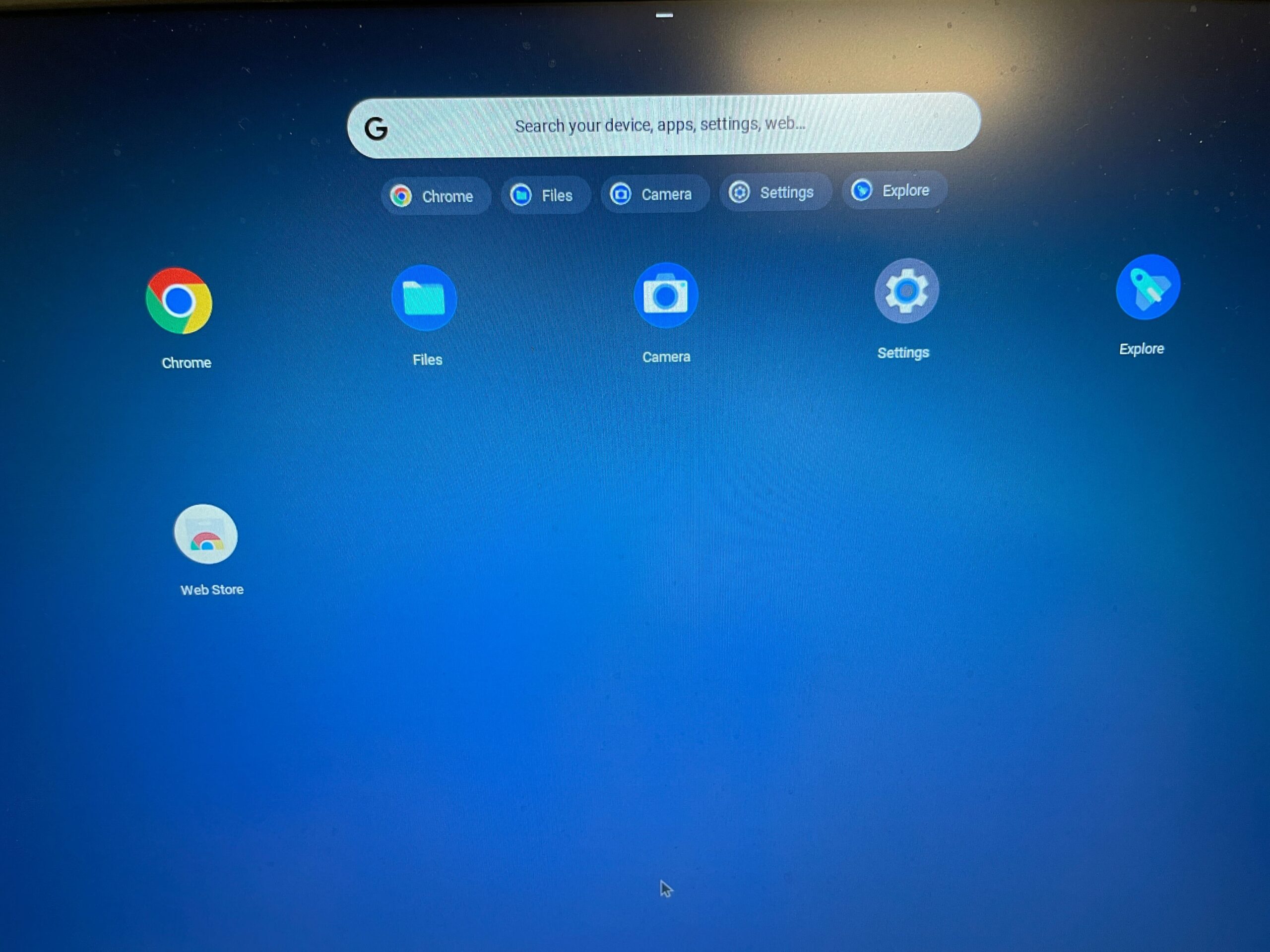
Is Chrome OS Flex Brand New?
If you’re asking if Flex is new, that’s like asking if Google Docs was new before Google acquired Writely in 2006. Or how Google Sites was new before Google purchased JotSpot (also purchased in 2006). Chrome OS Flex, like Google Docs and Sites, began as another creation. That creation is one known to technology directors as CloudReady.
CloudReady, still available while Flex is in development, is advertised to:
Accelerate and expand your Chrome OS deployment. It does this by repurposing PC or Mac devices your business or school already owns.
Some of the neat features of CloudReady:
- Repurpose PCs or Macs (x86 devices) as Chrome OS devices.
- Allow for device management in Chrome Education or Chrome Enterprise Upgrade. This makes it easy for a Google administrator to control or roll out changes via the Admin console. Simple Certificate Enrollment Protocol (SCEP) is not supported. SCEP support is forthcoming.
- There are over 450 devices certified to work with CloudReady.
- Computers run the open-source Chromium OS version (see comparison chart here).
- You can run CloudReady as a VMware virtual machine to try it out.
Although Chrome OS Flex is like CloudReady, it’s not the same.
How Does Chrome OS Flex Stand Apart?
Chrome OS Flex offers some familiar features. Here’s a short list:
- You will need to create a USB installer. This will allow you to try Chrome OS Flex on the target device (Windows, Mac, or Linux) before installing it.
- You have a list of certified models Chrome OS Flex will work on.
- You can see end-of-support dates for features.
Chrome OS and Chrome OS Flex differ in these ways:
- Chrome OS Flex is similar but differs from Chrome OS. The latter is only available on Chromebooks, Chromeboxes, and Chromebases.
- Chrome OS Flex supports Microsoft’s UEFI boot. This is different than the Google security chip in Chrome OS devices.
- Chrome OS Flex devices do not manage and/or automatically update their BIOS or UEFI firmware. The device administrator will need to update it.
- Chrome OS and Chrome OS Flex encrypt user data. On Chrome OS Flex devices without Trusted Platform Module (TPM), encrypted data may be more vulnerable to attack. Flex only supports certain TPM 1.2 and 2.0 chipsets, although Google will add more over time.
- Keyboards may be different or work differently than on Chrome OS.
If you are hoping to use Google Play (Android apps) Parallels Desktop, then you are out of luck with Chrome OS Flex. Finally, a lot of unsupported ports and features could include CD/DVD drives and more. Get the complete list online.
Giving Flex a Spin
First, I checked to see if the Lenovo 540 was on the list of approved devices. My model (w540) didn’t appear exactly, but the 540 designation did. The chart suggested there might be minor issues expected.
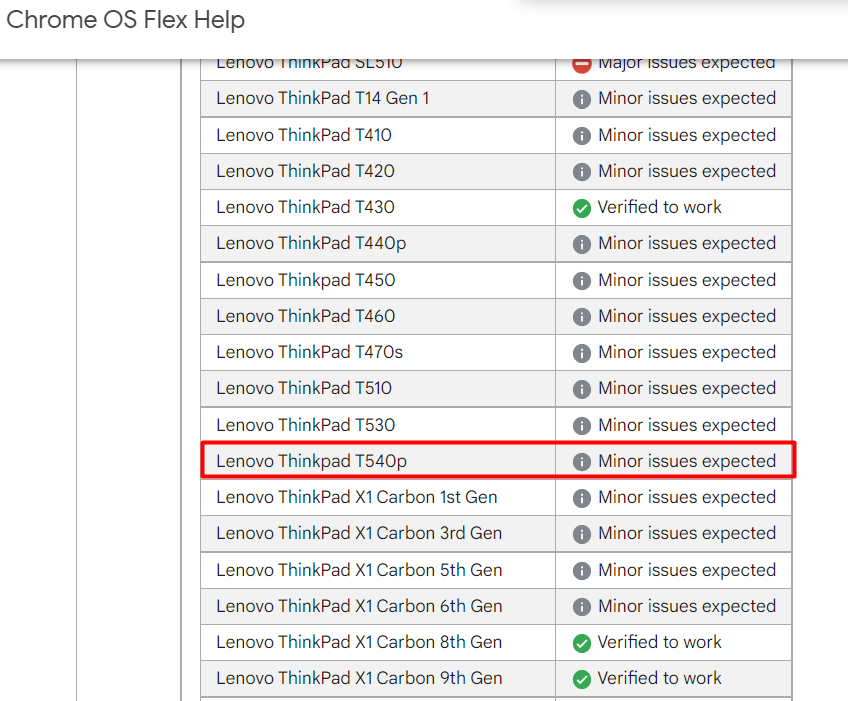
The next step I took was turning on the Chrome Recovery Utility extension for your Chrome browser. To be transparent, I loaded it on Microsoft Edge (a Chromium browser) first. It did NOT work. Then, I installed Google Chrome, and it worked fine.
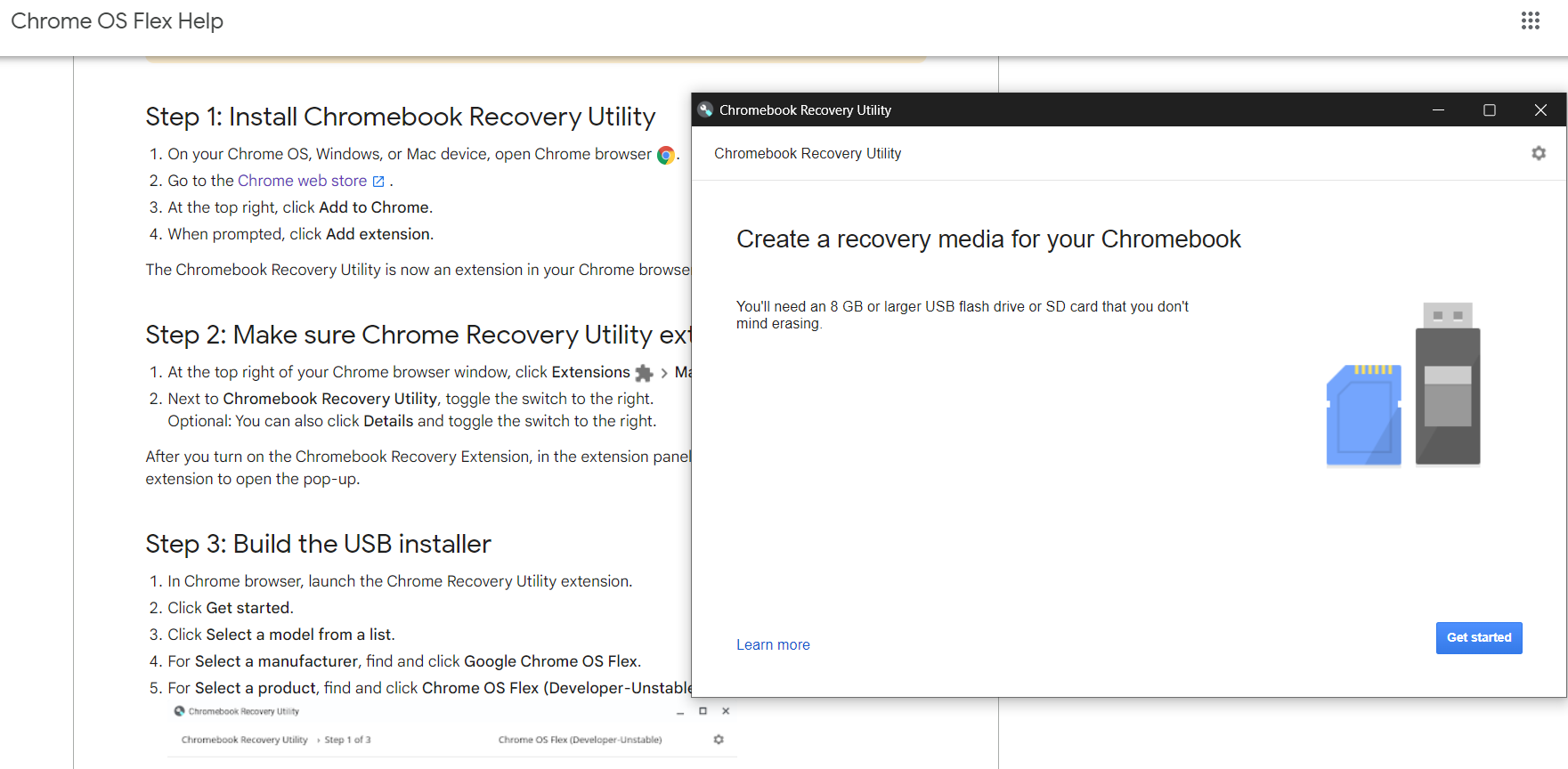
I selected Google Chrome OS Flex as my choice when identifying my Chromebook:

Then, I inserted my USB flash drive (a 16GB Lexar drive I had handy). All you need is an 8GB USB drive. You can get those for $4.99 each or less online (or get a 5 – 10 pack).
You can see a few screenshots of the process in this Wakelet collection:

Repurpose That PC
Don’t let old hardware sit around, repurpose it with Chrome OS Flex. Remember that Chrome OS Flex remains “in dev” or developmental mode. But you can try it out now and be ready when it moves into production mode. Begin your adventure now.
Feature Image Source
Screenshot by author

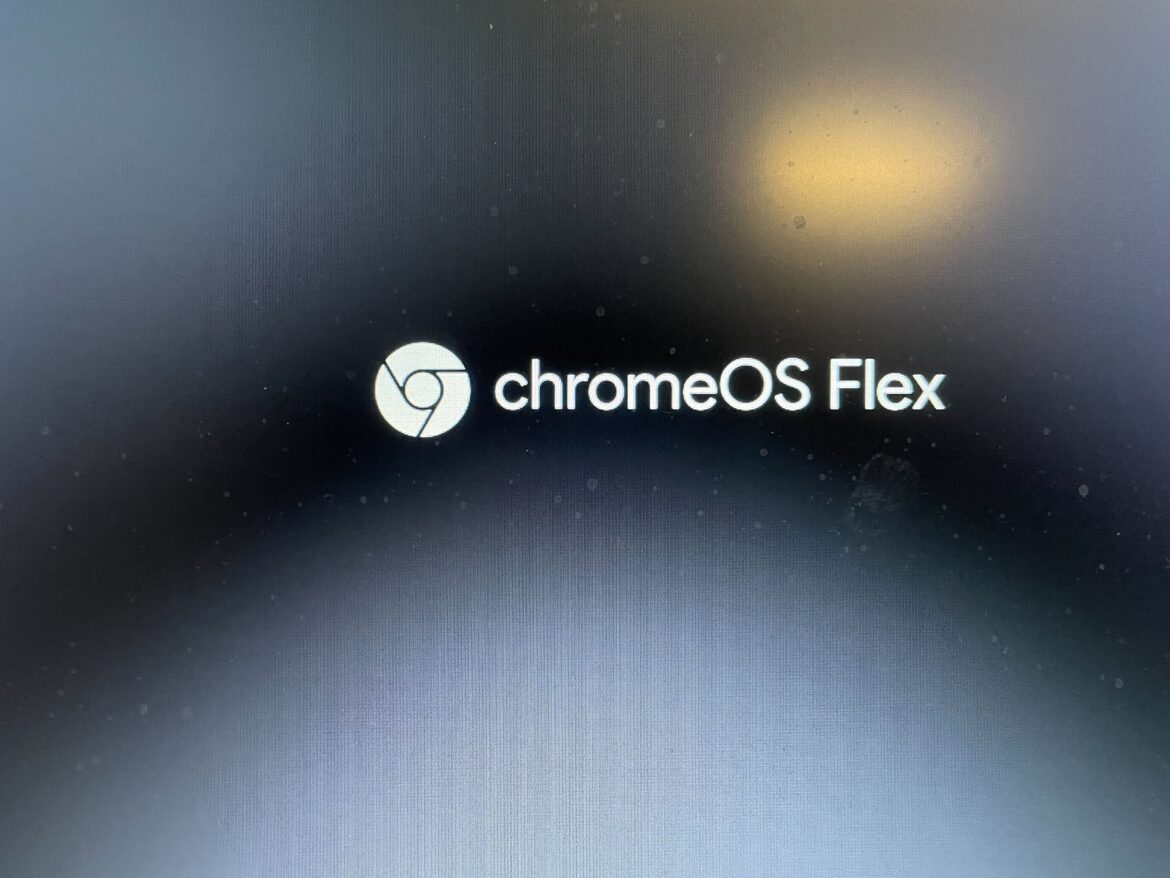
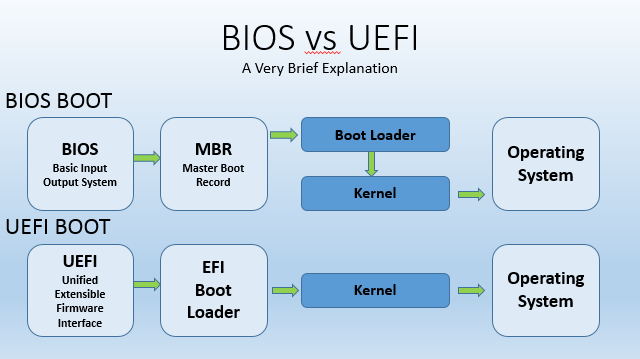
2 comments
I tried but it never wrote to my new flash drive doesn’t work
Thanks for sharing your experience, Chris. I’m guessing you repartitioned/nuked the existing content on your flash drive first?
You might try the whole process on a different machine.
Wishing you well,
Miguel